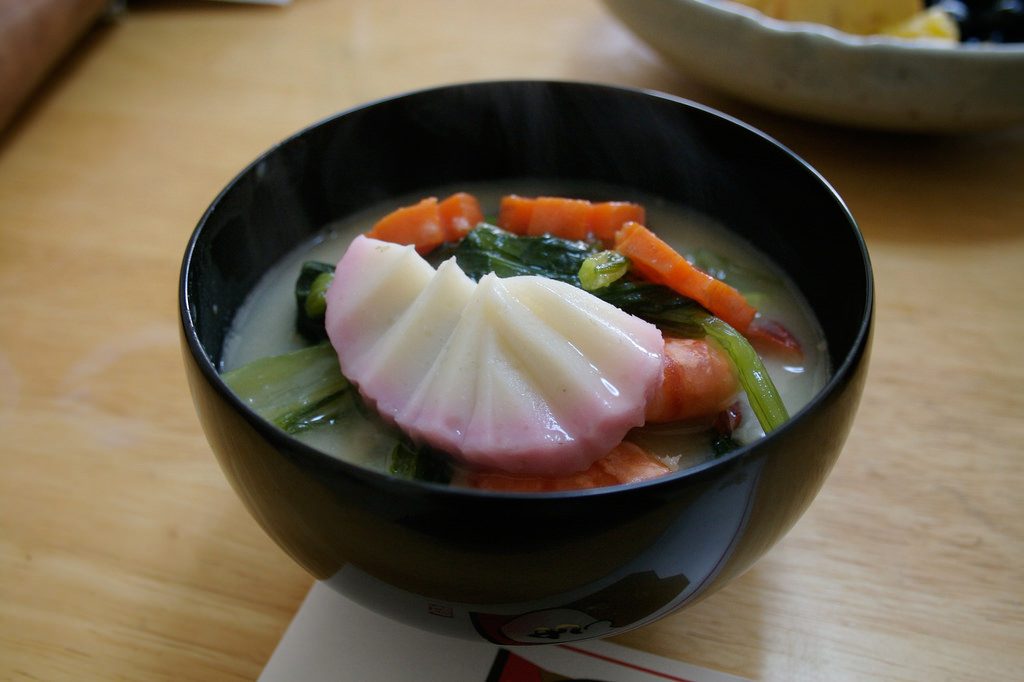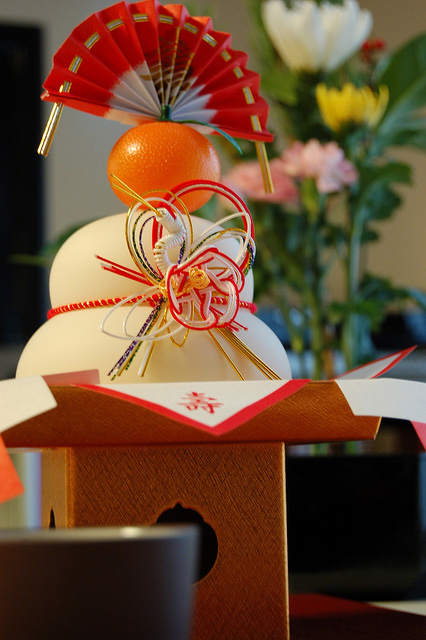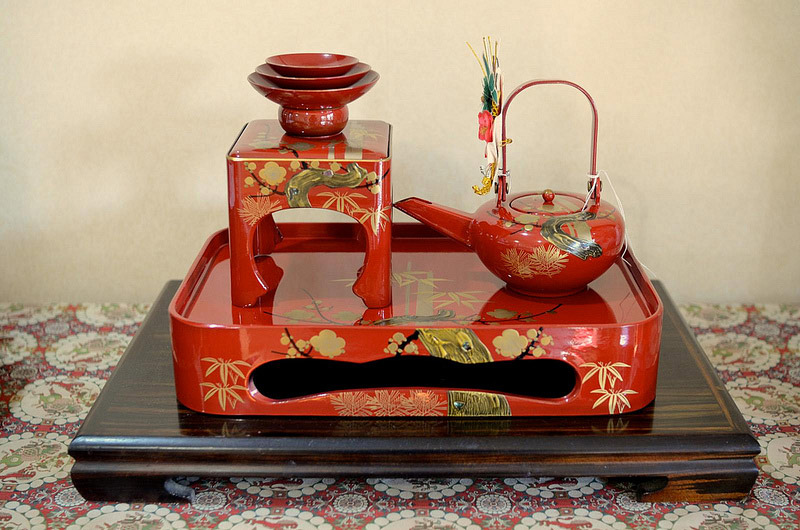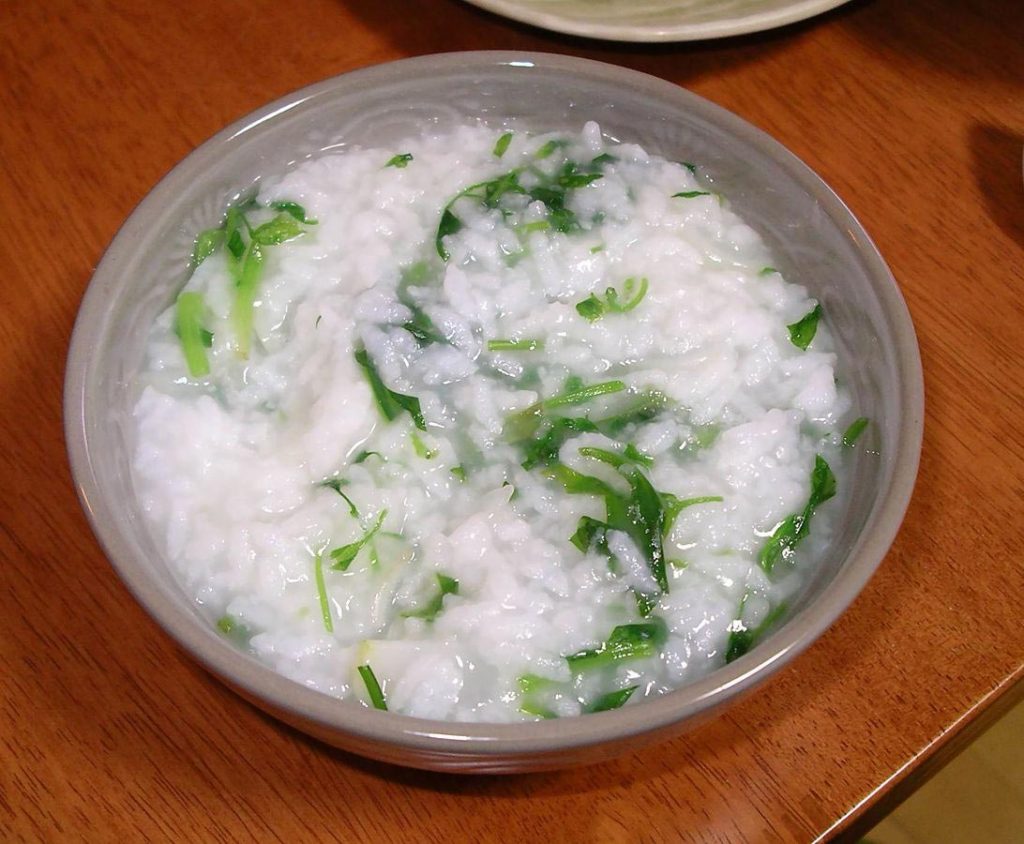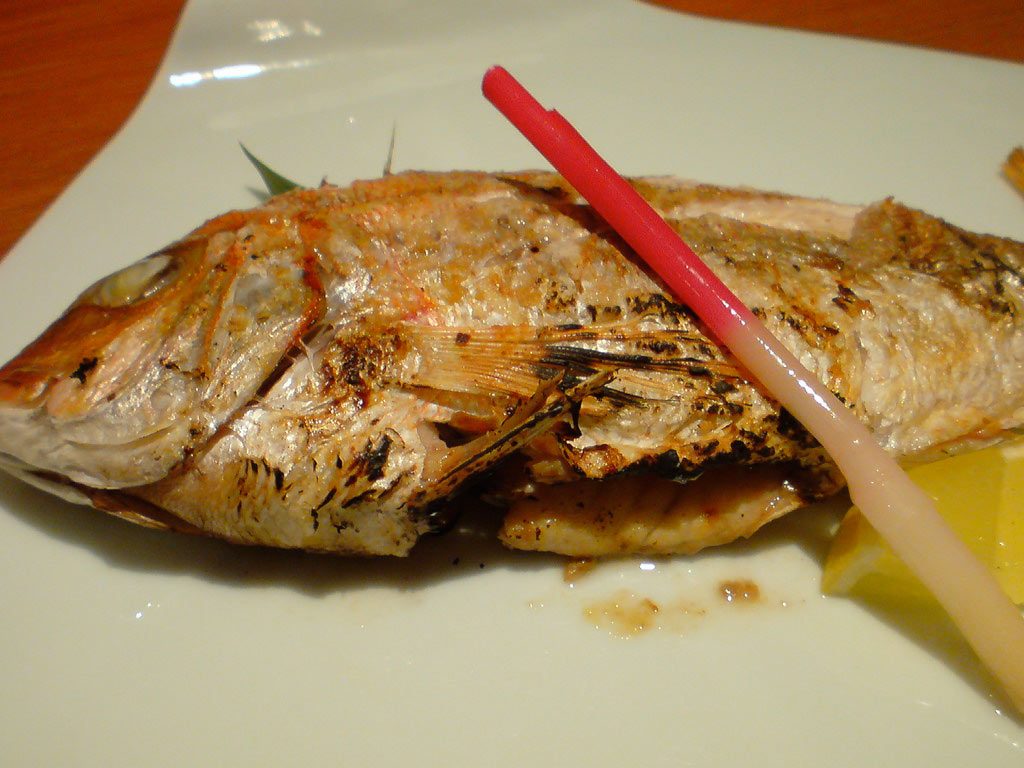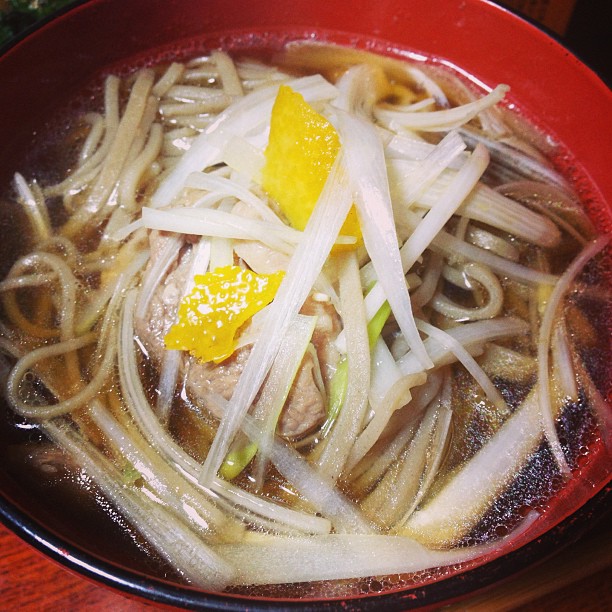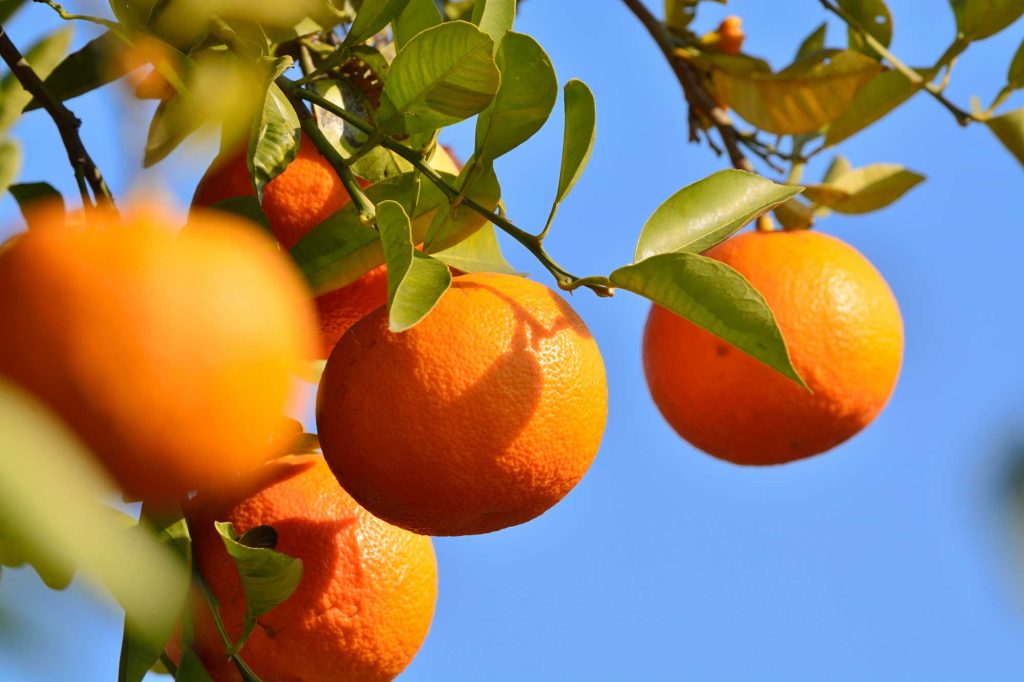
Japanese New Year - 8 Kinds of Food Served During New Year Celebration in Japan
Food is an important element in any celebration. Japanese New Year is your chance to enjoy many traditional dishes unique to this time of the year. In this article, we'll introduce 8 traditional foods the Japanese usually eat during the New Year celebration, their ingredients, meaning, and more!
This post may contain affiliate links. If you buy through them, we may earn a commission at no additional cost to you.
Undeniably, New Year is a very important celebration no matter which part of the world you are living in. Some might celebrate the New Year according to the Lunar calendar, others according to Gregorian calendar. No matter which calendar you are following, the New Year celebration brings the same meaning – a new beginning.
Our Top Tips
JR Pass for Whole Japan
Explore Japan in the most convenient and economical way with a Japan Rail Pass! It is valid for the majority of railways and local buses operated by JR.
New Year in Japan is known as Oshogatsu and is celebrated on January 1, according to the Gregorian calendar. The first day of the new year, known as Ganjitsu, is the biggest and the most important celebration in the country. Because it is such an important day, the Japanese will not take lightly the food they serve on that day.
1. Osechi-ryori
A traditional New Year food, osechi-ryori consists of various colourful preserved foods stored in a container known as "Jubako."
Our Top Tips
Japan Shinkansen, Narita Express (N'EX) & Express Train Tickets
Plan ahead by booking your shinkansen, airport train, and express train tickets online in English. Have the tickets sent to you by mail or collect them at the station once you're in Japan.
2. Zoni
Takeo Kunishima/FlickrIn Japan, the New Year's celebration will not be complete without Zoni. Zoni is a kind of soup consisting of mocha (rice cakes), vegetables and different kinds of meats and fish. The base of the soup could be soy sauce or fermented soy-bean paste (miso).
3. Kagami mochi
Literally meaning “mirror rice cake”, Kagami mochi is a special rice cake consisting of two mochi – the smaller on top of the bigger one. It is a food dedicated to gods during the New Year. The two mochi symbolize the going and coming years, or “yin” and “yang”.
David Z./FlickrIn olden days, Kagami mochi was placed in various locations in the house but today, it is usually placed the Shinto altar, known as kamidana. On the Kagami biraki (mirror opening) day which usually falls on the second weekend of January, Kagami mocha will be broken and eaten.
4. Toso
midorisyu/FlickrToso is spiced sake which includes spices such as cinnamon, ginger and sanshou (Japanese pepper). Drinking Toso with family on New Year's day is believed to be able to chase away sickness in the coming year. It will also bring happiness and peace in the coming year.
5. Nanakusa-gayu
Traditionally, Nanakusa-gayu is eaten on the 7th day of January. It is a simple porridge made of okayu (rice gruel) and seven herbs. The seven herbs used are said to be the first seven herbs that sprout in spring. The herbs include nazuna (shepherd’s purse), suzana (turnip), suzushiro (radish), hotokenoza (henbit), seri (water dropwort), gohyo (cudweed) and hakobera (nipplewort).
Opponent/Wikimedia CommonsBesides allowing the overworked stomach a rest, this simple dish is believed to give good health for the rest of the year.
6. Yakizakana
Masafumi Iwai/FlickrYakizanaka means grilled fish.
Grilled fish is eaten as a prayer for a successful career. Some fish have other specific meanings as well. For example, eating grilled sea bream is a wish for happiness and eating grilled eel is a prayer for the success of rapid promotion.
www.japantoday.com
7. Toshikoshi soba
ekkun/FlickrToshikoshi soba, which literally means “year-passing noodle” is usually eaten on the New Year’s Eve. Besides symbolizing the passing of the year, the long noodles stand for longevity.
8. Dai dai
PIXTADai dai means Japanese bitter orange. It is usually placed on the top of Kagami mochi. The word “dai dai” can also be translated as “generation to generation”. It is believed that eating dai dai during the New Year is able to bring children to couples.
The information in this article is accurate at the time of publication.

